Search
Remove Ads
Advertisement
Summary 
Loading AI-generated summary based on World History Encyclopedia articles ...
Search Results

Definition
Little Wolf (Eastman's Biography)
Little Wolf (Ohcumgache, also known as Little Coyote, l. c. 1820-1904) was a Northern Cheyenne chief and holy man, best known for his role in the Northern Cheyenne Exodus of 1878 but also recognized for his resistance to US westward expansion...
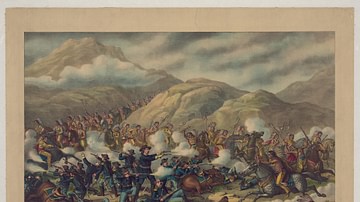
Definition
Battle of the Little Bighorn
The Battle of the Little Bighorn (25-26 June 1876) is the most famous engagement of the Great Sioux War (1876-1877). Five companies of the 7th Cavalry under Lt. Colonel George Armstrong Custer (l. 1839-1876) were wiped out in one day by the...
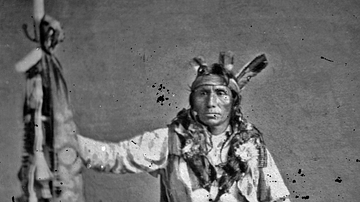
Definition
Little Crow (Eastman's Biography)
Little Crow (Taoyateduta, also known as Little Crow III, l. c. 1810-1863) was a Dakota Sioux chief best known as the leader of the Mdewakanton Dakota (Santee) Sioux during the Dakota War of 1862. After years of trying to maintain peaceful...
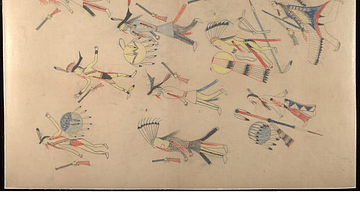
Article
Red Horse's Account of the Battle of the Little Bighorn
Red Horse (Tasunka Luta, l. c. 1822-1907) was a chief of the Miniconjou Lakota Sioux best known for his firsthand account of the Battle of the Little Bighorn (25-26 June 1876) and his 42 ledger book drawings depicting the engagement. The...
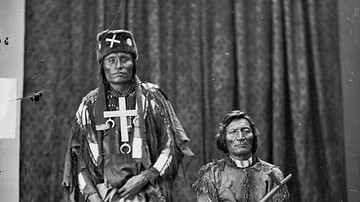
Image
Little Coyote (Little Wolf) and Morning Star (Dull Knife) Chiefs of the Northern Cheyenne
Photograph of the Northern Cheyenne chiefs Little Coyote (better known as Little Wolf) and Morning Star (better known as Dull Knife) by William Henry Jackson, 1873.

Article
The Little Girl and the Ghost
The Little Girl and the Ghost is a legend of the Cheyenne nation concerning a young girl abducted by a spirit after she is cast out by her mother. The story explores many themes common in Cheyenne literature, including the importance of following...

Article
Black Elk on the Battle of the Little Bighorn
Black Elk (l. 1863-1950) of the Oglala Lakota Sioux was twelve years old at the Battle of the Little Bighorn on 25 June 1876. He gives his account of the famous conflict in the work Black Elk Speaks (1932), and, even at a distance from the...

Definition
Valentine's Day
Saint Valentine’s Day, or simply Valentine’s Day, is celebrated on the 14th of February, almost internationally but primarily in western societies. It is a commemorative Christian feast for some but a secular occasion for others who see it...

Definition
St. Bartholomew's Day Massacre
The St. Bartholomew's Day Massacre was a widespread slaughter of French Protestants (Huguenots) by Catholics beginning on 24 August 1572 and lasting over two months, resulting in the deaths of between 5,000 and 25,000 people. It began in...
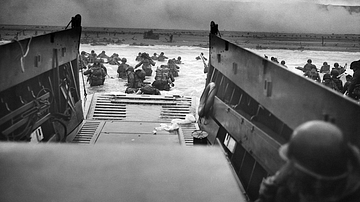
Definition
D-Day
D-Day was the first day of Operation Overlord, the Allied attack on German-occupied Western Europe, which began on the beaches of Normandy, France, on 6 June 1944. Primarily US, British, and Canadian troops, with naval and air support, attacked...